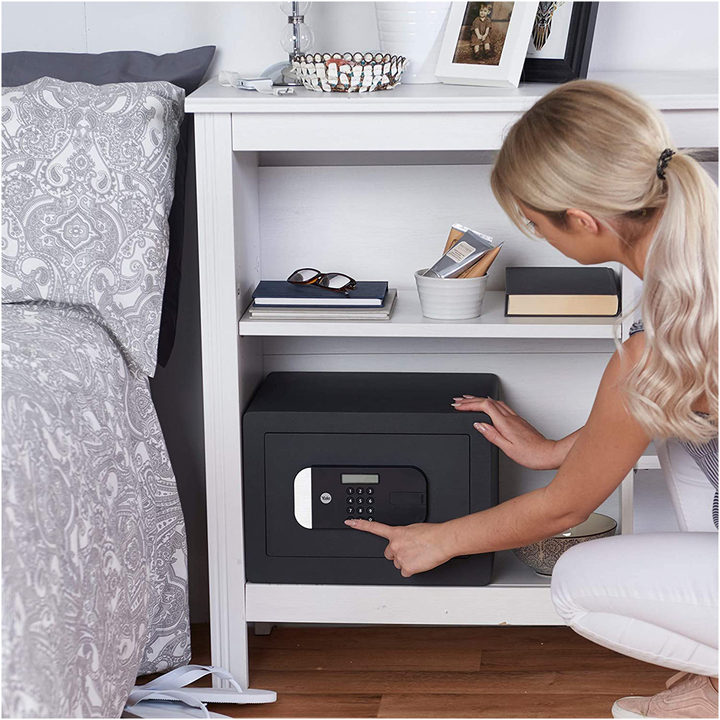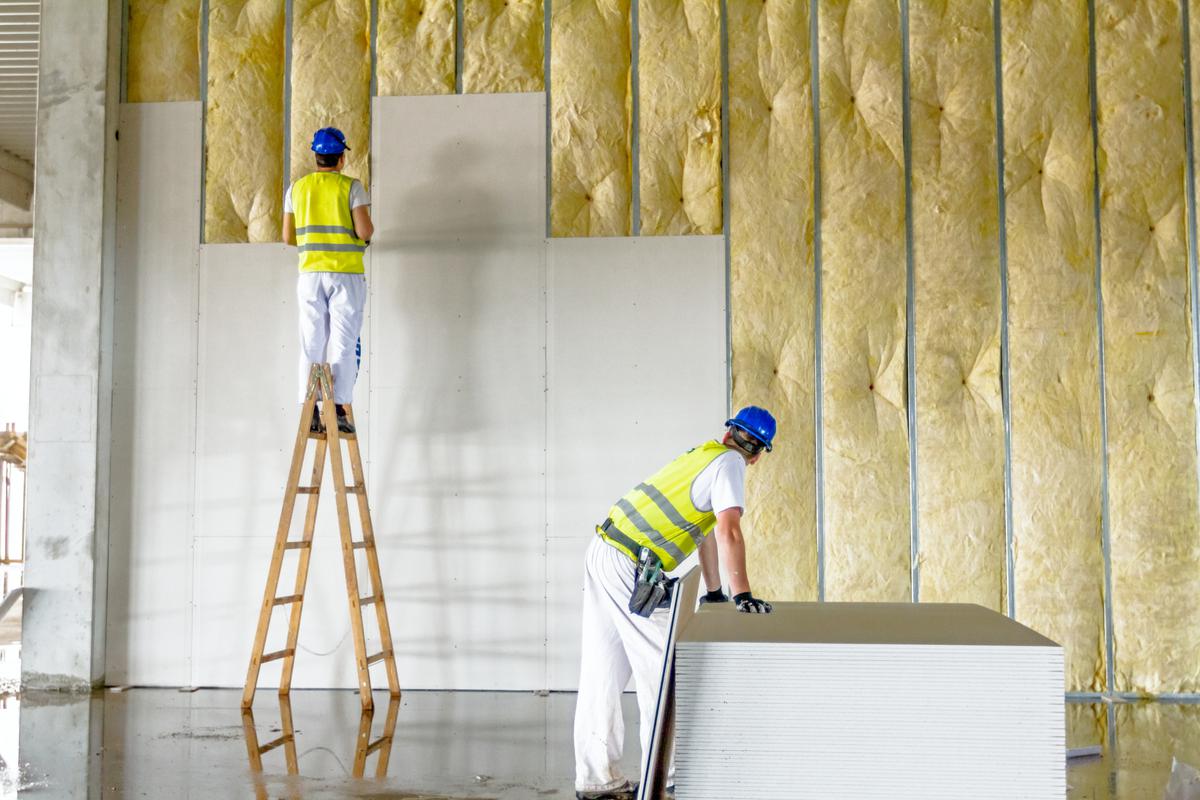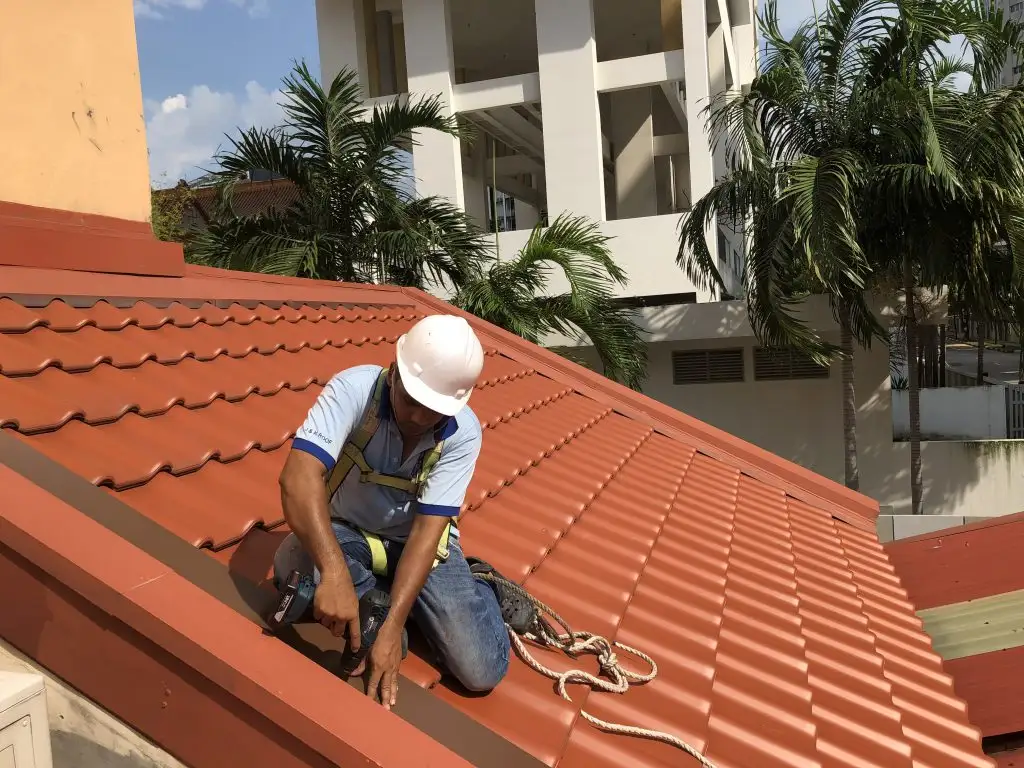Keeping Your Home Safe from Storms and Other Natural Disasters

The US geographic location leaves it vulnerable to all kinds of natural disasters. 90 natural disasters had happened in 2019 alone. 49 of which were severe thunderstorms that damaged many American homes. Five cyclones had happened that year, two of which resulted in billions of catastrophic damages (Hurricane Dorian and Tropical Storm Imelda).
Some of these natural disasters are so bad that they can uproot trees and even destroy homes in their wake. These natural disasters can bring disastrous consequences to your home if you are left unprepared. But first, you must know the most common natural disasters in the US before we get into protecting your homes against them.
Table of Contents
Most Common Natural Disasters in the USA
Flooding is rated as the most common natural disaster that happens in the US. Rightfully so, because the US is filled by wide-spanning mountain ranges, most of which are affected by soil erosion. Thankfully, not too many people live near these mountain ranges. Other natural disasters that are common in the US are tornadoes (midwest, south, and southeast region), earthquakes (western region), and hurricanes (Atlantic region).
All of these disasters have the possibility of destroying people’s homes. Some can even lead to heavy casualties. Preparing for them might seem like an insurmountable task, but it is essential that you still do, despite the possible damage they can do to your home.
Insurance
The very first thing you should do, especially if you live in disaster-prone areas, is to get insurance for your home, yourself, and your family. You never know what kind of disaster might hit your area, and you never know if your preparations are enough. The best thing you can do is to proactively invest in insurance so that you know you can still have some money left once the disaster hits. Insurance can also help rebuild your home or repair any damages that a particular disaster might have caused. So ensure that your home and your family are insured so that you can be prepared for any disaster.
Repair Any Structural Damage
You should always keep an eye out for any structural damage that your home may have. These structural damages don’t necessarily mean that your home is on the brink of collapse. But it means that your home is has depreciated throughout the years. You must repair the concrete found in the foundations of your home, such as a load-bearing wall. These foundations are particularly vulnerable in times of earthquakes and turbulent storms. Tornadoes can also be disastrous for your home if you don’t repair any of these damages.
If you don’t know what to look for, it’s time for you to hire an inspector or a contractor to have a good look into your home. These professionals will know what to do once they see any damages and how to strengthen your home against any natural disaster that may occur.
Make Sure You Fix Leaks and Clogged Sewage
As stated earlier, floods are one of the most common natural disasters that happen in the US. They are not as disastrous as cyclones, tornadoes, or earthquakes, but they can certainly do a decent amount of damage in your home if you’re left unprepared. Preparing for a flood means that you should keep your sewage system clean and clog-free. You should also fix any leaks from your pipes as they might be one of the main reasons why your home ends up flooded during a rainstorm.
Have Backflow Valves
Backflow valves should be installed inside your home if the area you live in is prone to flooding. These valves will ensure that water can be drained far away from your home during floods. It will also ensure that sewage will not come up from your sinks and toilet.
Bolt Your Home to Its Foundation
Not many homes actually do this, but bolting your home to its foundation can be an effective way to protect it from a tornado or a storm. Strong winds are common during these kinds of natural disasters, and by bolting your home to its foundation, you ensure that your home is secure to the ground. You can do this by yourself if you have some construction experience. All you need is some anchor bolts and identify the foundations of your home. If not, you can always hire a contractor to do it for you.
These are some simple ways to keep your home safe from natural disasters. Remember that your life is more important than your home. If a natural disaster is said to be catastrophic, it’s better that you evacuate your home. You can always rebuild your home, but not your life. Stay safe out there.





